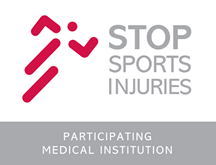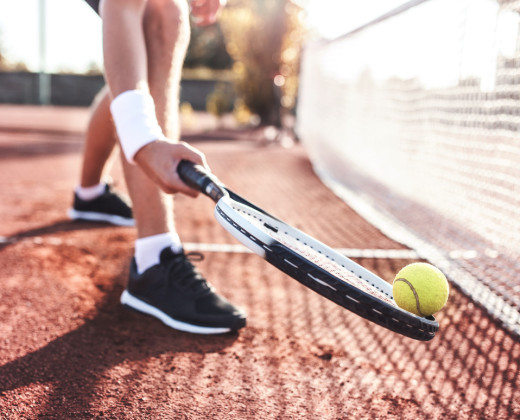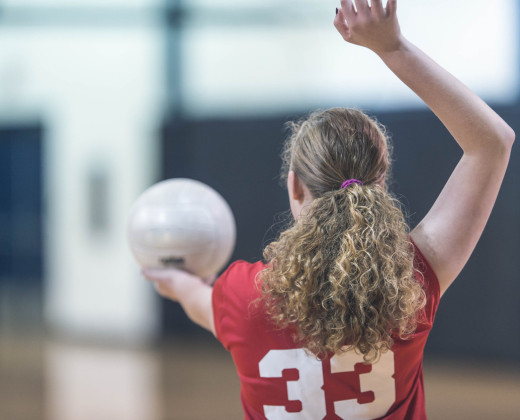- Patient Resources
- Scheduling An Appointment
- Pre-Registering Prior To Your Appointment
- Patient Portal
- Appointment Policies
- Insurance
- Referrals, Workers' Comp & Litigation
- Financial Information
- Preparing For Your Office Visit
- Preparing For Your Surgery or Procedure
- Share Your Medical Images With Andrews Sports Medicine
- Travel & Area Information
- Online Bill Pay
- Financing
- Medical Records
- Prescriptions
- Durable Medical Equipment (DME)
- Injury Prevention
- Purchase Andrews Sports Medicine Gear

Andrews Sports Medicine Supports STOP Sports Injuries Initiative
The development of STOP (Sports Trauma and Overuse Prevention) Sports Injuries was initiated by the American Orthopaedic Society for Sports Medicine (AOSSM) in early 2007. Members of the Society's Board of Directors, including STOP Sports Injuries co-campaign chair and renowned orthopaedic surgeon, James R. Andrews, MD, decided that the issue of overuse injuries in young athletes was becoming a critical issue for its members to address.
Tennis Injuries & Prevention
Tennis, played worldwide, is one of the most popular racket sports. A high number of tournaments for competitive tennis players may lead to overuse injuries, such as “tennis elbow” or wrist injuries. For noncompetitive tennis players, improper or inadequate physical and technique training may be the cause of overuse injuries. Although overuse injuries make up a large chunk of injuries, the good news is that such injuries can be helped with some changes to technique and training routines.
Read MoreVolleyball Injuries & Prevention
Each year, more than 460,000 high school students — including more than 410,000 girls — participate in interscholastic volleyball. As participation has increased over the past two decades, the number of volleyball-related injuries has risen as well. While volleyball injuries rank lowest for all major sports, volleyball players are at risk for both traumatic and overuse injuries.
Wrestling Injuries & Prevention
Wrestling, one of the world’s oldest sports, is offered at various levels of competition, including the Olympics, the American Athletic Union, the U.S. Wrestling Federation, and high school and college-sponsored tournaments. It’s a sport for all sizes of people, and both male and female participants compete, even at the Olympic level. Competition rules require that athletes be paired against each other according to their weight class. Some competitions require that contestants be matched by age, experience, and/or gender. This not only allows more people to participate, but also decreases the risk for injury. Nevertheless, injuries do occur, particularly in the knee, shoulder, skin, and head.
Read More









